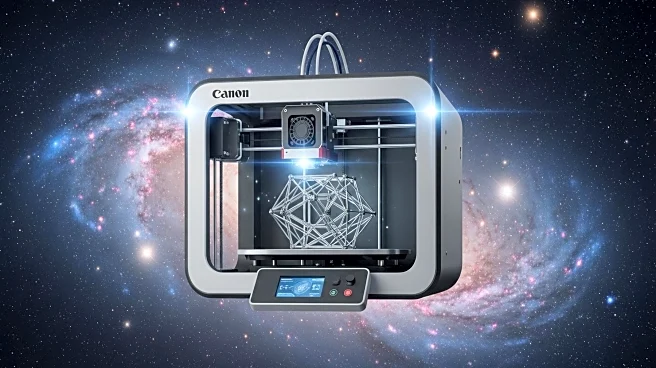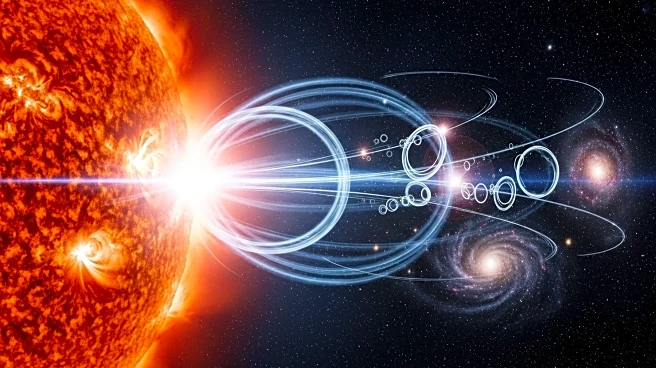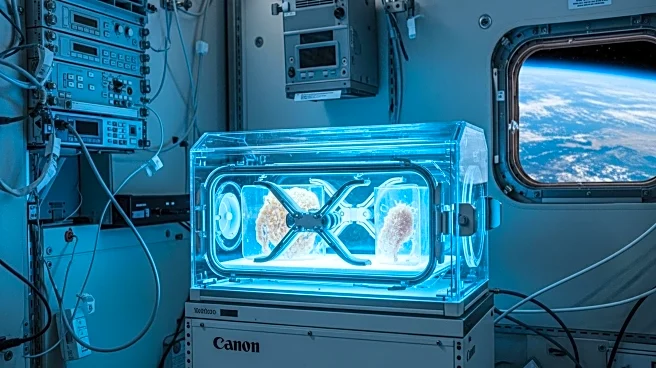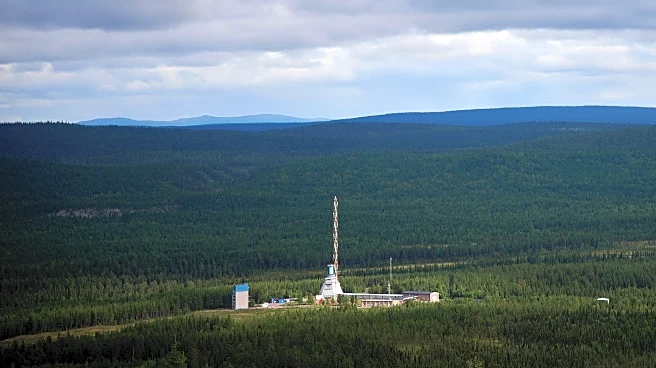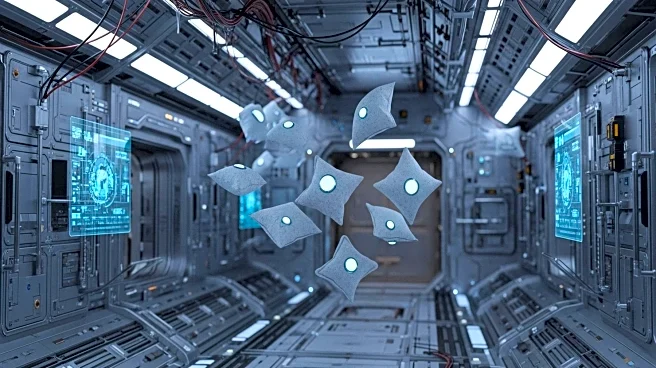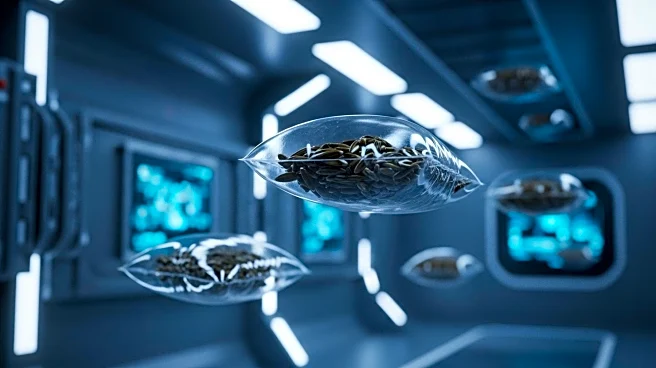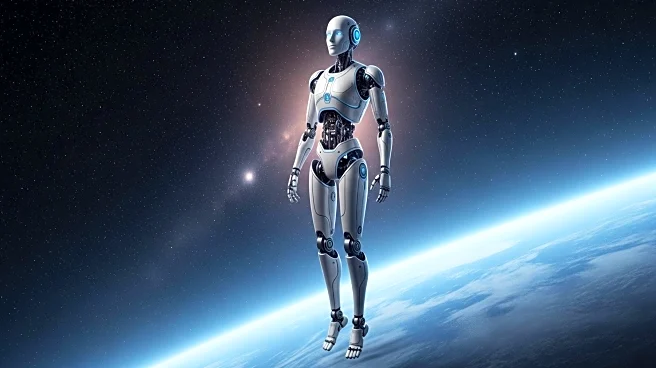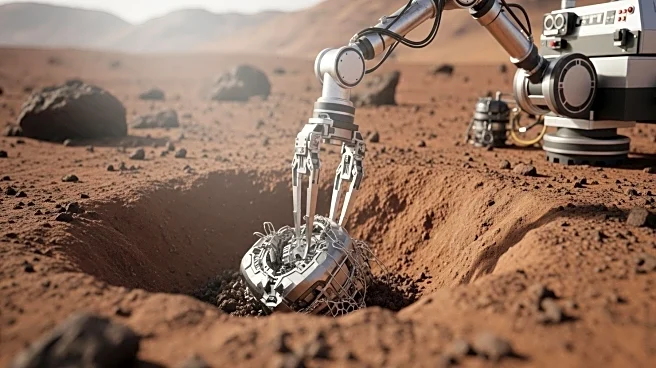What's Happening?
Researchers from the Georgia Institute of Technology, in collaboration with the University of Bremen and the University of Warwick, have developed a new method to generate oxygen in space using magnets. This innovation addresses the limitations of current life-support systems on the International Space Station (ISS), which rely on heavy and power-intensive centrifuges to separate oxygen and hydrogen bubbles during electrolysis. The new approach utilizes magnetic forces to guide gas bubbles to collection points, eliminating the need for mechanical spinning. This method, tested in a microgravity environment using a drop tower in Bremen, Germany, has shown a 240% increase in bubble detachment efficiency, potentially leading to more effective oxygen generation systems for long-duration space missions.
Why It's Important?
The development of a more efficient oxygen generation system is crucial for future deep space missions, such as those to the moon and Mars. Current systems are not suitable for long-term missions due to their weight and energy consumption. By using magnets, the new method offers a lighter and more sustainable solution, which could significantly enhance the reliability and efficiency of life-support systems in space. This advancement not only supports NASA's goals for extended lunar and Martian exploration but also represents a step forward in the development of sustainable space technologies. The research, supported by NASA and the European Space Agency, highlights the importance of innovative solutions in overcoming the challenges of space exploration.
What's Next?
The research team plans to continue their work under NASA and ESA programs to further assess the scalability and long-term efficiency of magnetic-based oxygen generation systems. Future experiments will include suborbital rocket tests to validate the technology in different microgravity conditions. The successful implementation of this technology could pave the way for its integration into future spacecraft, enhancing the feasibility of long-duration missions beyond Earth's orbit.


